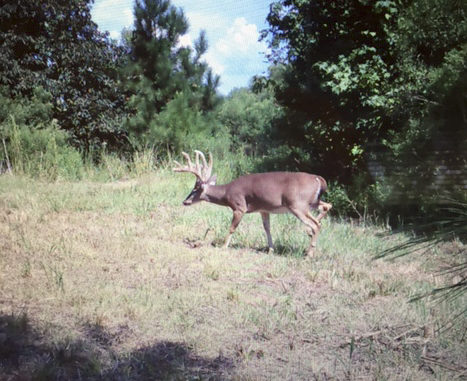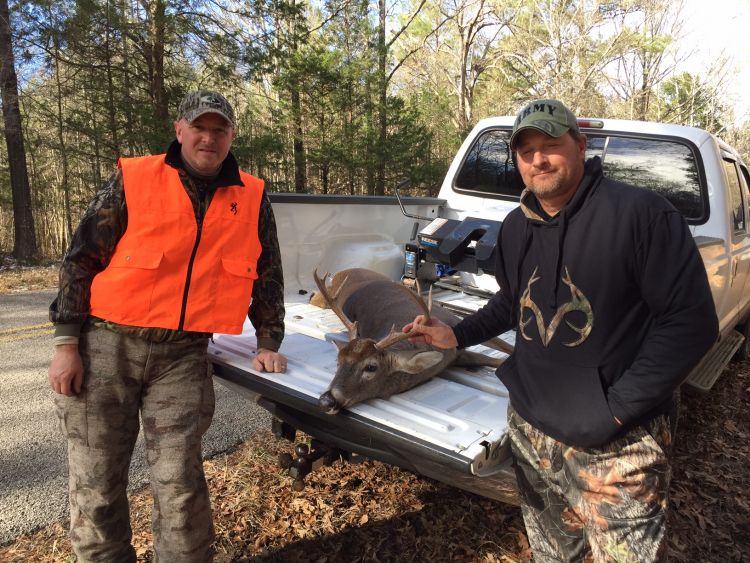
We began a general discussion of this topic in the recent February, 2017 installment of Happy Trails. Let’s now go a little further and expand the discussion. Ground proving bucks means harvesting bucks that you believe meet your minimum goals, collecting their lower jaw bones for “tooth replacement/wear” age estimates, then comparing the earlier “live on-the-hoof” eyeball age estimate with the jawbone indicated age for confirmation or clarification. For a landowner, land or lease manager, or just an everyday deer hunter who wants to further hone his or her knowledge and skill, this can be a very eye-opening exercise.
I cannot emphasize too strongly how important the skills of being able to accurately estimate deer age before and after harvest are to anyone who manages and hunts deer. Going to seminars, watching videos, and reading books on aging live bucks is a great way to start or add to your current knowledge, but you are not working with the local deer that you actually encounter and hunt on your property. I personally go the extra mile by recording measurable data on bucks harvested and bucks that are not harvested, but are seen on trail camera photos. When you take additional steps like this, the resulting personalized annual data bank of buck data, both physical and digital, will help you, the hunter or land manager, refine your future judgments and goals.
Estimation of buck age classification is not an exact science, due to multiple age classes of bucks having characteristics that overlap, such as different ages having similar body weight, or antler spread. In other words, it is easier than you might think to mistake some older bucks for young deer, and younger bucks for older deer. The goal here is to become more knowledgeable about the actual physical characteristics of the deer herd that you personally look at from your deer stand. If you continue to do this and gain more and more experience, surprises will occur less often over time.

The whole key to making this work involves the collection of lower jawbones and then subsequently having each jawbone aged, if possible, by multiple parties that are trained in tooth replacement/tooth wear patterns. Even if you are new to aging deer jawbones, you still should begin collecting them from every deer harvested. Label and save each jawbone, and then over time learn how to age them yourself. You will be amazed at just how much good information can be gleaned from a few teeth.
The technique of aging deer after they have been harvested is fairly simple and straight forward. The age estimator looks at “tooth replacement” (this is simply the natural replacement of teeth over time, just as in humans) and tooth wear (the slow natural erosion of teeth over time). Using tooth replacement you can reliably classify deer into three age classes – fawns, yearlings (1 ½-year-old deer) and adults (2 ½ years or older).
Fawns in the Deep South are usually born over a several month period as a result of most deer populations having skewed buck-to-doe ratios that often result in a primary rut, a secondary rut and even at times a tertiary rut. This can drag the overall breeding cycle out over a three to four month total timeframe before all breedable does have been bred. Because of this phenomenon, we often see fawns with no spots in September and then conversely, a few fawns with spots as late as November. The key jawbone indicator for fawns is that they have less than six teeth in the lower jaw. Overall, fawns harvested during the hunting season have four to five fully erupted teeth, but a sixth tooth can be visible in an early born fawn that is taken later in the season.
As far as yearlings go, their lower jawbone should have six erupted teeth and a three-cusped premolar. The premolar is later replaced by a two-cusped permanent molar. The qualifier here is that early born or late-harvested yearlings may have the permanent molar, as opposed to their relatively younger peers, but it will be new and sharp, with little or no stain, indicating that the deer is a yearling and not an adult.
Once a deer is determined to not be a fawn or a yearling, it is classified as an adult, meaning 2 ½ years and older. From this point forward, a deer’s age is determined by relative “wear patterns,” an observation exercise that is somewhat subjective and dependent on observer experience. Wear patterns are also subject to local variation in habitat and management practices. This is one of the main reasons why it is so important to put together over time your own personal customized jawbone aging data bank.


